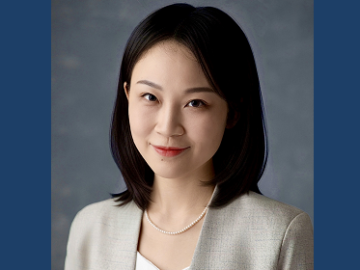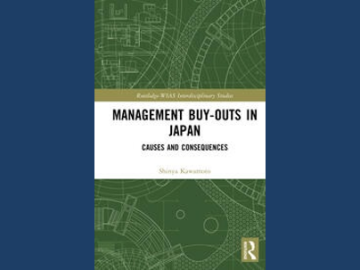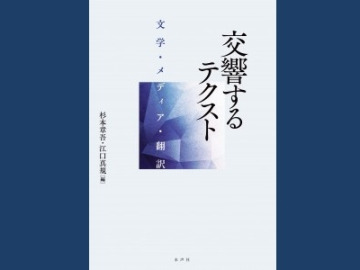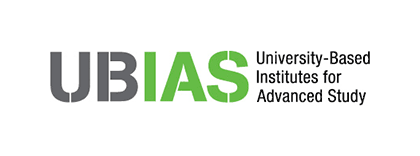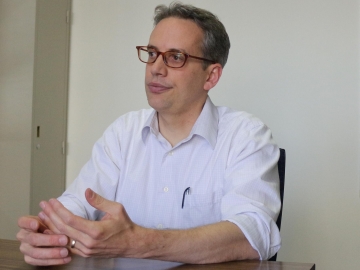
Tracing connections on the right
My current work involves investigating the rise of conservatism in Asia in the 20th century. My interest in conservatism comes from my earlier research in the history of fascism.
This research helps trace the connections between ideologies and politics of the right in the prewar period and in the present, and thereby shed light on the survival of ideologies and how they refashion themselves across historical ruptures. If you understand how these ideologies managed to recast themselves, then you can better understand the origins of, for example, the populist waves that we keep seeing lately. There’s populism here in Japan, in Russia, in the U.S. and elsewhere. But we don’t know very much about where it came from.
The story of postwar conservatism is more complex than it might appear at first. The ideological and political continuities between the prewar and postwar periods were more marked and stronger than has been widely assumed. Fascism, for example, which began in the 1920s and mostly ended in 1945, was able to recast some of its ideological elements in the postwar period and recover some of its principles in postwar ideology. Some of these principles were picked up by postwar conservatives.
One problem is that, in Japan you did not really have “conservatism” as such until the post-war period. For example, the Japanese word for conservatism, hoshu shugi, was not really discussed much in domestic politics until after WWII. As a word it was hardly ever used, but after 1945 it started being used by the left against their enemies. But what did they mean? As in English, the word means trying to preserve something. The left understood it to mean that people on the right were trying to preserve the prewar system, and the implication was that conservatives were “conservative” because they were backward and unreformed — they were people who had not changed since the 1930s.
That was a problem for the right, because they did not want to be associated directly with the prewar period. But at the same time, they wanted to embrace this label of conservatism because it was becoming a global trend; conservatism was considered a democratic movement.
What is conservatism?
So the right had to decide: how do you define conservatism? What is the basis of Japanese conservatism? They wanted to define it not as something reactionary, but as something progressive. In the 1950s, when Japanese conservatism was emerging, its founders wanted to promote it, and to depict it as something comparable to American or European conservative politics — as something modern. This continuous negotiation rose up between prewar ideology and a broader kind of conservative politics that was emerging globally in the context of the Cold War.
After World War II, the Japanese political elite maintained its dreams of regional leadership. In the two decades after 1945, in particular, Japanese prime ministers concerned themselves with recasting Japanese power in Asia, though they were hindered by the U.S. Occupation, as well as by the still-fresh memories of Japanese imperialism among the newly independent Asian nations.
To overcome these obstacles, Japanese leaders resorted to international organizations. One case in point is that of Nobosuke Kishi, one of Japan’s most important postwar politicians, who served as prime minister from 1957 to 1960. He had relations with Moral Re-Armament, an international religious organization in the 1940s and 1950s that promoted reconciliation. The unofficial networks and cultural policies of MRA were invaluable in helping Kishi to reconfigure an Asian regionalism with Japan as its pivot. His efforts are a perfect illustration of the strategies employed by the political right to adjust imperial ideas to the context of the Cold War.
The joys of original research
Doing research in Japan is really enjoyable, because — perhaps a little surprisingly — many archives are fully open and available for use. Some of the more sensitive things, especially prewar items, are still off-limits, but otherwise I work freely in various archives, libraries and private collections. A lot of the documents which I would have thought difficult to reach are actually readily available, and many have never been used.
My work is helped by Japan’s long tradition of diary-writing, going back to the Meiji period. Politicians, bureaucrats, soldiers and so on keep diaries, and these are published after they die. In some cases they get vetted and edited, but some of the diaries and memoirs that I use are very candid. For example, there are several books about Kishi’s memoirs, which include interviews and transcriptions of his memoirs. Kishi was very candid about his activities in the development of conservatism in Japan, and he didn’t think his politics were in any way controversial.
You can get a good sense from such sources about what people were feeling, and what they were trying to do, and their reasons for doing what they did.
Conservative Imaginary
I am in the process of writing an international history of conservatism centered on Japan. The book, with the working title, “The Conservative Imaginary: Nation, State Power, and World Order in Twentieth-Century Japan,” examines the origins of conservative thought in Japanese politics and culture as both transwar and transnational history. It focuses on a group of intellectuals, activists and ideologues in the period after 1945, as they creatively recast fascist and Imperial practices into what is now known as postwar “conservatism.”
I hope this book, and the rest of my research, will help shed new light on the right-wing connections between Japan and Asia, on East-West relations, and on the dynamics of change in right-wing politics during the 20th century.
取材・構成:CAMERON, Robert
協力:早稲田大学大学院政治学研究科J-School

